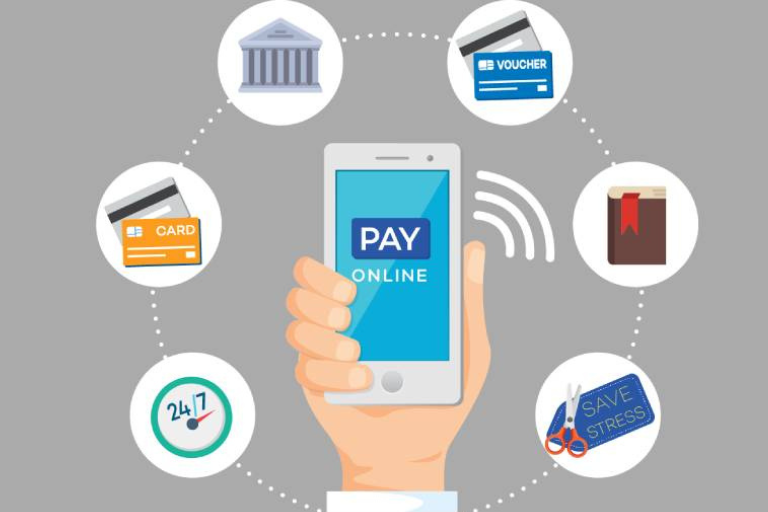
In the world of payments, high-risk merchants are those businesses that operate in industries with a higher risk of fraud or chargebacks. These industries include online gambling, adult content, and CBD products, among others.
For payment gateway providers serving high-risk merchants, the challenges of managing risk and fraud are always at the top of their priority lists. This makes a robust payment processing framework, which can handle large volumes of transactions while providing security and compliance, an imperative.
One way that payment gateways can mitigate high-risk payment processing challenges is by adopting the ISO 20022 standard.
What is ISO 20022 and How Does it Work?
ISO 20022 was developed by the International Organization for Standardization (ISO) in collaboration with various industry stakeholders, such as banks, payment systems operators, regulators and vendors. It’s a global standard for electronic data interchange between financial institutions. With a standardized framework for exchanging payment-related messages and data, ISO 20022 enables interoperability and seamless integration between different payment systems.
ISO 8583 is the messaging standard for card-based financial transactions, handling a significant volume of retail transactions. However, the financial industry is undergoing a global digital transformation, marked by real-time, cross-border, high-value payments, and open banking. This revolution highlights the need for a universal standard. ISO 20022 covers a wide range of payment types, including wire transfers, ACH transactions, and card payments.
By 2023, ISO 20022 is expected to be the universal standard for high-value payments systems of all reserve currencies. It will support 80% of transaction volumes—and 87% of transaction value—globally.
Enhanced Fraud Prevention and Chargeback Management
Fraud prevention and chargeback management are critical considerations for payment gateways serving high-risk merchants. These merchants often face higher levels of fraudulent activity, which can result in chargebacks and other payment disputes.
ISO 20022 can help mitigate these challenges by providing a standardized, secure, and efficient payment processing framework that enables enhanced fraud prevention and chargeback management. For example, ISO 20022 supports the use of digital signatures, which can help authenticate transactions and prevent fraud. It also provides a standardized message format that can be used to transmit rich data, such as transaction details and risk indicators, which can help prevent fraudulent transactions.
Additionally, ISO 20022 supports real-time payment tracking, which can help payment gateways quickly identify and flag suspicious transactions. This feature enables payment gateways to proactively monitor and prevent fraudulent activity, reducing the risk of chargebacks and other payment disputes.
Improved Data Analytics Capabilities for Risk Management
For payment gateways serving high-risk merchants, effective risk management is critical to preventing fraud and reducing chargebacks. Effective risk management requires access to accurate and timely data, which can be a challenge in high-volume payment processing environments.
ISO 20022 can help address this challenge by providing a standardized message format that enables rich data analytics capabilities. Payment gateways can use this data to identify patterns and trends in transaction data, which can help identify fraudulent activity and improve risk management strategies.
For instance, banks can leverage the enriched data offered by ISO 20022 payment instructions to gain a deeper insight into each standard transaction. By incorporating structured name and address information for both the sender and beneficiary, they can potentially enhance their anti-money laundering (AML) and know-your-customer (KYC) practices. This, in turn, can lead to more streamlined and accurate screening procedures.
On the other hand, payment gateways can use ISO 20022 to analyze transaction data in real-time and identify patterns that indicate potential fraud, such as unusual purchase patterns or changes in transaction amounts. They can also use this data to generate reports and dashboards that provide insights into transaction activity, enabling better decision-making and risk management.
Transformation of banks and financial institutions
- Banks and financial institutions have traditionally conducted payments by sending messages through the SWIFT network. (connects over 11,000 financial institutions in more than 200 countries)
- However, this network uses a legacy format that has limitations in terms of data quality, interoperability and innovation.
- ISO 20022 addresses these issues.
Overcoming Implementation Challenges
While ISO 20022 offers many benefits for payment gateways serving high-risk merchants, implementing this standard can be challenging. Payment gateways need to ensure that their payment infrastructure is compatible with ISO 20022 and that they have the necessary expertise to implement and manage this standard effectively.
To overcome these challenges, payment gateways can take a phased approach to ISO 20022 adoption. This approach involves assessing their current payment infrastructure, identifying areas for improvement, and gradually implementing ISO 20022 capabilities over time.
Payment gateways can also work with other financial institutions and payment service providers to ensure interoperability between their payment systems. This collaboration is critical to ensuring that payment processing is seamless and efficient for merchants and consumers.
Conclusion
In conclusion, the new standard does present an opportunity to establish a payment-processing ecosystem that is more cost-effective, secure, has faster STP (Straight-Through-Processing) rates, richer data, and offers an enhanced customer experience. This transition is also a promising one for payment gateways serving high-risk merchants and high risk payment processing.
We believe that ISO 20022 being a modern payment standard will offer many benefits for customers. One of them is easier reconciliation, which means customers can track and verify their transactions more accurately and quickly. This can lead to higher customer satisfaction and loyalty, as customers can trust that their payments are processed correctly and efficiently.
Are you looking for access to professionals with insider knowledge and expertise in the language used by banks? Don’t worry, we’re here to help.
At TickleCharge, we provide a range of chargeback and dispute management services and products that would complement most high-risk businesses. Contact us now for an expert perspective on the ISO 20022 migration.



